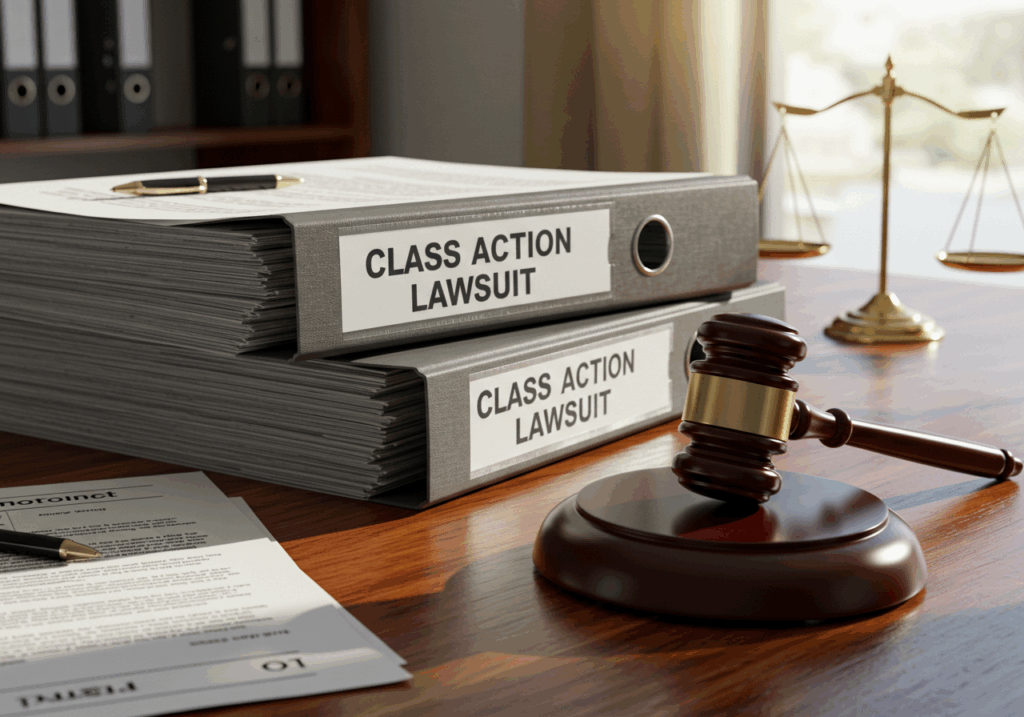
When a single entity-be it a corporation, government agency, or individual-causes widespread harm to a large group of people, pursuing individual lawsuits can be inefficient and impractical. This is where a class action lawsuit becomes a powerful tool. It allows numerous individuals who have suffered similar injuries or damages from the same source to join forces, collectively seeking justice and compensation that would be difficult or impossible to achieve alone.
What is a Class Action Lawsuit?
A class action is a type of lawsuit where one or several individuals sue on behalf of a larger group of people (“the class”) who have similar claims. The primary goal is to resolve common issues and claims efficiently, providing remedies for many people in a single legal proceeding. These lawsuits are governed by specific procedural rules, such as Federal Rule of Civil Procedure 23, which outlines the requirements for class certification.
Common scenarios for class action lawsuits include:
- Defective Products: Injuries or damages caused by faulty consumer products (e.g., defective medical devices, dangerous pharmaceuticals, unsafe vehicles).
- Securities Fraud: Investors suffering losses due to misleading financial statements or fraudulent practices by corporations.
- Consumer Fraud: Large-scale deceptive business practices that harm numerous consumers.
- Employment Discrimination: Systemic discrimination affecting a group of employees (e.g., gender, race, age).
- Environmental Damage: Widespread harm caused by pollution or environmental negligence.
- Antitrust Violations: Collusion or monopolistic practices that harm consumers through inflated prices.
Benefits of Joining a Class Action
Class actions offer several advantages, especially for individuals whose damages might be too small to warrant an individual lawsuit:
- Efficiency: Avoids multiple individual lawsuits, streamlining the legal process.
- Cost-Effectiveness: Legal costs and resources are shared among the class members.
- Increased Leverage: A large group has more bargaining power against powerful defendants.
- Access to Justice: Provides a pathway for individuals with smaller claims to seek redress.
- Uniform Resolution: Ensures consistent treatment and remedies for all similarly situated victims.
The Process of a Class Action Lawsuit

The journey of a class action is multi-stage:
- Filing the Complaint: A representative plaintiff files a lawsuit on behalf of the proposed class.
- Class Certification: The court determines if the proposed group meets the criteria for a class action (e.g., commonality, typicality, adequacy of representation). This is a critical stage.
- Notice to Class Members: Once certified, potential class members are notified and given the option to “opt out” if they prefer to pursue an individual claim.
- Discovery: Extensive information gathering from the defendant.
- Settlement or Trial: Most class actions settle out of court, but some proceed to trial.
- Distribution of Damages: If successful, compensation is distributed to eligible class members.
For example, if a pharmaceutical company knowingly markets a drug with undisclosed severe side effects, many affected patients could form a class action, leveraging the collective strength to hold the company accountable under product liability law.
If you believe you have been harmed as part of a larger group due to corporate wrongdoing or negligence, you may have a claim. Contact our experienced attorneys specializing in class action lawsuits today for a free, confidential consultation to see if you can join forces for collective justice and secure the compensation you deserve.
*Disclaimer: The information provided in this article is for general informational purposes only and does not constitute legal advice. No attorney-client relationship is formed by reading this content. You should consult with a qualified legal professional for advice regarding your individual situation.*
